Explore the Best AI Image Gallery

The Algorithmic Brush: How AI is Reshaping Graphic Design
The realm of graphic design has always been a tapestry woven with creativity, technical skill, and an understanding of aesthetics. But the emergence of Artificial Intelligence (AI) is poised to rewrite the very fabric of this creative landscape, introducing a new set of tools, challenges, and possibilities.
A New Palette: AI-Powered Design Tools
Imagine a world where design software can generate logos, layouts, and even entire branding campaigns based on your input. This is no longer science fiction; AI-powered design tools are already making waves in the industry. These intelligent platforms leverage machine learning algorithms to analyze vast datasets of design trends, styles, and user preferences. This allows them to suggest creative solutions, automate repetitive tasks like resizing images or creating variations of a design, and even personalize content for specific audiences.
- Logo Generation: AI can create unique logo concepts based on your brand name, industry, and desired aesthetic.
- Layout Design: Tools can generate diverse layout options for websites, brochures, or social media posts, optimizing for visual appeal and user experience.
- Image Editing and Manipulation: AI can enhance images, remove backgrounds, create realistic composites, and even generate entirely new visuals from text descriptions.
Beyond Automation: The Creative Spark of AI
While AI excels at automating tasks, its important to remember that true creativity stems from human imagination and intuition. AI tools should be seen as powerful collaborators, augmenting the designers abilities rather than replacing them entirely.
AI can help designers overcome creative blocks by providing fresh ideas, exploring unconventional design solutions, and generating variations they might not have considered.
Ethical Considerations: Navigating the AI Landscape
As with any powerful technology, the integration of AI into graphic design raises ethical considerations that require careful attention:
- Bias in Algorithms: AI algorithms are trained on vast datasets, which can inadvertently perpetuate existing biases. This can result in designs that reinforce stereotypes or exclude certain groups.
- Copyright and Ownership: Questions arise regarding the ownership of designs generated by AI. Who holds the copyright – the developer of the AI tool, the user who provides input, or the AI itself?
- Transparency and Explainability: Its crucial to understand how AI algorithms arrive at their design decisions. This transparency is essential for building trust and ensuring responsible use.
The Future of Design: A Symbiotic Relationship
The future of graphic design lies in a harmonious collaboration between human creativity and AI capabilities. As AI technology continues to evolve, we can expect even more sophisticated tools that empower designers to push the boundaries of visual communication.
- Personalized Design Experiences: AI will enable designers to create truly personalized designs tailored to individual users preferences and needs.
- Interactive and Adaptive Designs: AI can power interactive design elements that respond to user input, creating dynamic and engaging experiences.
- Augmented Creativity: AI will serve as a catalyst for new forms of creative expression, blurring the lines between physical and digital realms.
By embracing this symbiotic relationship between human ingenuity and AI, graphic designers can unlock a world of unprecedented possibilities, shaping the visual language of tomorrow.

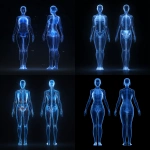

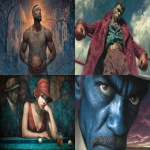

](https://images.ai-img.art/thumbnails/150/e0118b29fe5cfc2e6592413bab22001f9af64b4b69c6ec903940c927cde44197.webp)

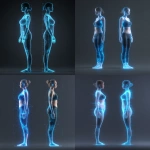
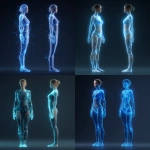




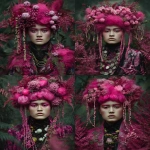
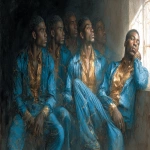


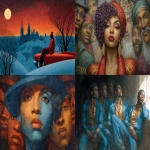



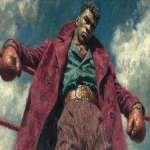




](https://images.ai-img.art/thumbnails/150/26c257403e31dee6746c78e38bceb7def6011d04664049ef156f64a1c5497d44.webp)



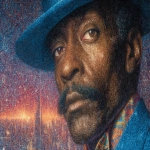
](https://images.ai-img.art/thumbnails/150/27af9f0bb8b7c7d503263849abaf3ede0e1acd1c8e0bdaba4700f845a674a0fc.webp)
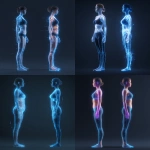

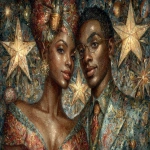




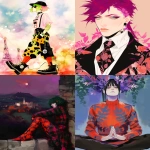



](https://images.ai-img.art/thumbnails/150/3d91370d58b2f68867187ea56dc69c37d746fdadd44b521d87b1bf1df5d10f40.webp)


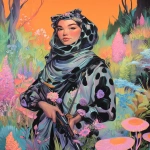
](https://images.ai-img.art/thumbnails/150/17edcb4f51c616e1278d716b510145bbc041556f71d621d2895f134892303315.webp)

